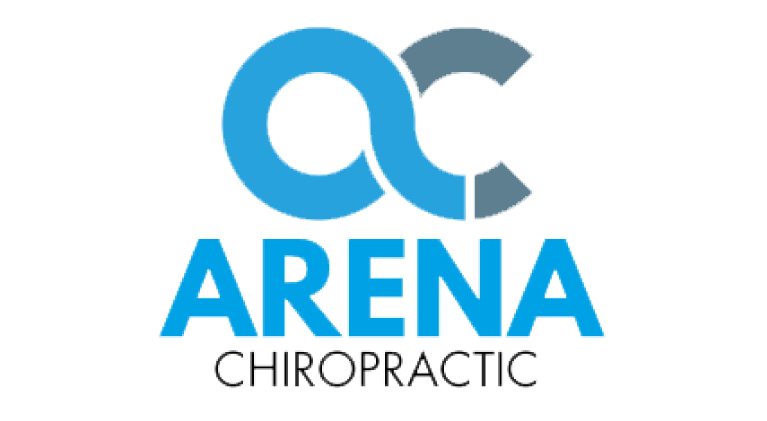In early winter, whether we’re celebrating Hanukkah or Christmas, both or nothing at all, families and friends gather to share food and drink and give thanks for a year successfully completed. We send up a rousing holiday cheer and share delicious holiday cheer in celebration of our accomplishments and to honor our cherished relationships. It’s also useful to take a few moments to ponder and examine the many factors contributing to our ability to navigate the twists, turns, and surprises that daily life has to offer. Foremost among these factors is ongoing good health throughout the year.
As we proceed with our self-inquiry, we begin to understand that work is required to maintain our personal optimum levels of good health. Such work includes engaging in various health-promoting lifestyle activities, encompassing regular vigorous exercise, eating a nutritious diet, consistently getting sufficient hours of restful sleep at night, and having a positive mental attitude. But none of these healthy lifestyles is obtainable without intention, planning, and effort. In a very real sense, we have to make room in our busy lives for the activities that will help to keep us healthy and well.
Consistency and habit are the keys to adopting and maintaining healthy lifestyles. If one is not eating a nutritious diet or not doing 30 minutes of vigorous exercise at least 5 times a week, it may seem impossible to get these things done. Inertia holds sway and it’s all too easy to believe that it’s just too much trouble. But from the perspective of efficiency and utility, as well as from the perspective of health and wellness, the benefits of spending time now to engage in healthy lifestyles far outweigh the multiple costs of having developed a chronic illness later on. The good news is that as you begin to perform daily lifestyle activities, the successes you begin to achieve build upon each other and you instinctively want to continue doing the things that are making you feel healthier. This reinforcement helps establish consistency and helps establish healthy lifestyle habits.
Regular chiropractic care helps us accomplish all our healthy lifestyle activities. By detecting and correcting sources of nerve irritation, regular chiropractic care helps ensure optimal functioning of your nerve system, your body’s master system. As your nerve system controls all the physiological functions of your other body systems, regular chiropractic care helps ensure that your body as a whole is working at peak efficiency. In this way, regular chiropractic care helps your body put all your lifestyle activities to good use, and helps you and your family achieve long-term health and wellness.
- Phillips C: Lifestyle Modulators of Neuroplasticity: How Physical Activity, Mental Engagement, and Diet Promote Cognitive Health during Aging. Neural Plast. 2017;2017:3589271. doi: 10.1155/2017/3589271. Epub 2017 Jun 12
- Pablos A, et al: Effectiveness of a school-based program focusing on diet and health habits taught through physical exercise. Appl Physiol Nutr Metab. 2017 Nov 14. doi: 10.1139/apnm-2017-0348. [Epub ahead of print]
- Jakicic JM, et al: Role of Physical Activity and Exercise in Treating Patients with Overweight and Obesity. Clin Chem 2017 Nov 20. pii: clinchem.2017.272443. doi: 10.1373/clinchem.2017.272443. [Epub ahead of print]







